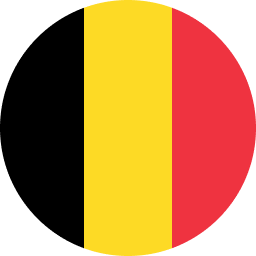Course Introduction:
Welcome to this comprehensive course on PostgreSQL, one of the most powerful and widely used open-source relational database management systems (RDBMS). This course is designed to take you from a complete beginner to a confident user, capable of designing, managing, and optimizing databases for a wide range of applications. Whether you are a developer looking to build robust applications, a data analyst needing to store and query large datasets, or a student eager to master a fundamental skill, this course provides the practical knowledge you need to succeed. We will cover everything from basic SQL queries to advanced database administration tasks, all through hands-on exercises and real-world examples.
Course Objectives
Upon completion of this course, you will be able to:
- Understand Relational Database Concepts: Grasp the core principles of relational databases, including tables, columns, rows, and relationships.
- Master SQL Fundamentals: Write and execute basic to intermediate SQL queries for data retrieval, insertion, updating, and deletion.
- Design and Structure Databases: Learn how to create well-structured database schemas using data types, constraints, and keys.
- Perform Data Management Tasks: Effectively manage data using transactions, backups, and restores.
- Optimize Database Performance: Understand and apply techniques for improving query performance using indexes, views, and execution plans.
- Work with Advanced Features: Utilize advanced PostgreSQL features such as JSONB, window functions, and Common Table Expressions (CTEs).
- Connect to Applications: Integrate PostgreSQL with programming languages like Python or Node.js to build dynamic, data-driven applications.
Course Outline & Key Topics
Module 1: Getting Started with PostgreSQL
- Introduction to relational databases and PostgreSQL.
- Installation and setup of PostgreSQL and pgAdmin.
- Basic command-line tools
Module 2: SQL Fundamentals
- SELECT statement for data retrieval.
- Filtering data with the WHERE clause.
- Sorting results with ORDER BY.
- Using aggregate functions like COUNT, SUM, and AVG.
- Grouping data with GROUP BY and filtering groups with HAVING.
Module 3: Data Definition and Manipulation
- Data types in PostgreSQL (e.g., INT, TEXT, DATE, NUMERIC).
- Creating, altering, and dropping tables.
- INSERT, UPDATE, and DELETE statements.
- Understanding constraints (PRIMARY KEY, FOREIGN KEY, NOT NULL, UNIQUE).
Module 4: Joins and Relationships
- Understanding different types of joins: INNER JOIN, LEFT JOIN, RIGHT JOIN, FULL OUTER JOIN.
- Joining multiple tables.
- Using aliases for tables and columns.
Module 5: Advanced SQL Techniques
- Subqueries.
- Common Table Expressions (CTEs).
- Window functions for advanced analytics.
- Working with dates and timestamps.
- String manipulation functions.
Module 6: Database Design & Normalization
- Principles of database design.
- Normalization (1NF, 2NF, 3NF).
- Designing a sample database schema.
Module 7: Database Administration and Performance
- Understanding and creating indexes.
- Analyzing query performance with EXPLAIN.
- Managing users and permissions.
- Backup and restore strategies.
Module 8: Advanced PostgreSQL Features & Application Integration
- Using JSONB data type for flexible schemas.
- Creating views and materialized views.
- Introduction to stored procedures and functions.
- Connecting PostgreSQL to a programming language
























































